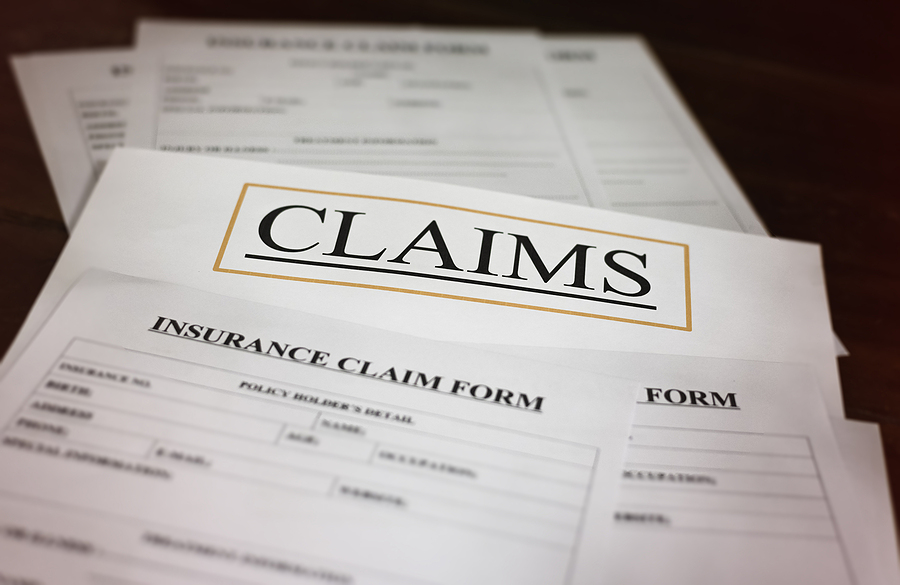Owning a home is a significant investment, and protecting that investment is crucial. Homeowners insurance is designed to safeguard your property against various damages and losses, but have you ever wondered what the most common claims are? In this article, we’ll explore the top seven most frequent homeowners insurance claims, helping you better understand the risks and how to mitigate them.
1. Wind and Hail Damage
According to statistics from the Insurance Information Institute (III), wind and hail damage account for a staggering 45.5% of all homeowners insurance claims, making it the most common cause of claims. These natural phenomena can wreak havoc on your home, causing fallen trees, broken windows, damaged siding, and even roof damage.
The average cost of a wind and hail damage claim in 2020 was $11,695, which can be a significant financial burden without proper insurance coverage. Additionally, certain states like Texas, Colorado, and Nebraska are more prone to hail damage claims due to their geographic locations.
2. Fire and Lightning Damage
While fire and lightning damage claims are less frequent, accounting for only 23.8% of claims, they are the most expensive. The III reports that the average cost of a fire and lightning damage claim between 2016 and 2020 was a staggering $77,340.
Fires can be devastating, destroying not only your home but also your personal belongings. Lightning strikes can also cause significant damage, potentially igniting fires or causing electrical problems within your home. Ensuring adequate coverage for these types of incidents is crucial to protect your investment.
3. Water Damage and Freezing
Water damage and freezing account for 19.9% of homeowners insurance claims, according to the III. These incidents can occur due to various reasons, such as burst pipes, leaking roofs, or even frozen pipes during the winter months.
The average cost of a water damage or freezing claim is $11,650, making it essential to address any potential water-related issues promptly. Regular maintenance and proper insulation can help prevent these types of claims and save you from costly repairs.
4. Other Property Damage and Financial Claims
Other miscellaneous property damage and financial claims account for 7.9% of homeowners insurance claims. These can include incidents such as theft, vandalism, or even credit card fraud.
While the average cost of these claims is relatively lower at $6,773, they can still be a significant financial burden if not properly covered by your insurance policy.
5. Bodily Injury and Property Damage Liability
Bodily injury and property damage liability claims, while less common at 2% of claims, can be extremely costly. The III reports that the average cost of these claims is $30,324, making liability coverage a critical component of your homeowners insurance policy.
These claims arise when someone is injured on your property, or you are found liable for damage to someone else’s property. Without adequate liability coverage, you could face significant financial consequences.
6. Theft
While theft claims are relatively uncommon, accounting for only 0.6% of homeowners insurance claims, they can still be a concern for homeowners. The average cost of a theft claim is $4,415, according to the III.
Protecting your home with a robust security system and taking precautions to secure valuable items can help reduce the risk of theft and the potential need for a claim.
7. Medical Payments
Medical payment claims, which account for 0.3% of homeowners insurance claims, can arise when someone is accidentally injured on your property. The average cost of these claims is $7,147, according to the III.
While these claims are relatively rare, it’s essential to have adequate medical payment coverage to protect yourself from potential lawsuits or medical expenses arising from injuries sustained on your property.
Ensuring Adequate Coverage
Knowing the most common homeowners insurance claims can help you assess your current coverage and make adjustments as needed. It’s crucial to review your policy regularly and work with your insurance provider to ensure you have the appropriate coverage levels for your specific needs and location.
Remember, while homeowners insurance can provide financial protection against various damages and losses, prevention is always the best approach. Regularly maintaining your home, taking necessary precautions, and addressing potential issues promptly can help minimize the risk of filing a claim.
By understanding the most common homeowners insurance claims and taking proactive measures, you can safeguard your investment and enjoy the peace of mind that comes with knowing you’re protected.

